The podcast episode features a discussion among experts on recent US economic developments, including the Federal Reserve’s inflation outlook and the robustness of the labor market. The panelists also touch on market behavior, historical parallels, and potential political impacts on market volatility.
Summary – IBKR Podcasts Ep. 134
The following is a summary of a live audio recording and may contain errors in spelling or grammar. Although IBKR has edited for clarity no material changes have been made.
Andrew Wilkinson
Welcome to this week’s economic podcast from Interactive Brokers. Joining me to discuss US economics this week- Steve Sosnick, Interactive Brokers’ Chief Strategist, Joe Burke, Head of Global Fixed Income, and Senior Economist, Jose Torres. Welcome, gentlemen.
Steve Sosnick
Thank you, Andrew, glad to be here.
Joe Burke
Thanks Andrew.
Jose Torres
Thanks Andrew. Greetings everyone.
Andrew Wilkinson
At its late January monetary policy meeting, the Federal Reserve said it was more confident that inflation was increasingly likely to head back to its 2% target, although the US economy was not showing decisive signs of moderating. Then we had the January payroll report, which confounded economists’ estimates, delivering its strongest reading in a year, and the unemployment rate remaining at 3.7%. We’ve got the consumer price index coming up next, but let’s ask the panel.
Jose, we’ll start with you. You’ve consistently talked down the strength of the labor market, attributing the bulk of the gains to just three sectors. Surely, there comes a point when you have to recognize solid employment performance. Can the job market remain this hot?
Jose Torres
Well, absolutely. You’re right on your point that most of the job growth was concentrated in the non-cyclical sectors, but in this report, the January report, we saw that broaden out. Almost every sector added a good amount of jobs. In terms of continued strength, I think the longer we remain in restrictive monetary policy, the weaker the job market is expected to get. I think we’re hearing a lot of layoffs across corporate America on the earnings calls. We’re also seeing a bifurcated labor report. The establishment survey has been consistently strong, but the household survey has been consistently weak. Of particular interest has been multiple job holders getting loftier, we’ve been seeing participation levels start to decline. We’re also seeing discouraged workers increase. And on the establishment side, we’re seeing wages grow really fast. In fact, we saw the fastest pickup in average hourly earnings since March of 2022. So I think overall the job market is strong, but there is some weakness beneath the surface.
Steve Sosnick
Two things, Jose. One of the things I saw was that a lot of this actually has to do with seasonal adjustment. In the sense that there wasn’t maybe as much retail hiring in December. So therefore not as many layoffs in January of the temporary workers, which boosted this. But secondly shouldn’t we just be focused on the hourly wages? Because that’s really the contribution to inflation. I mean, no matter how we slice it, we’re at or close to maximum employment, as Powell terms it.
But if you have maximum employment but the wages are relatively stable, that doesn’t deal with the stable prices’ aspect of the dual mandate. If they’re going up way faster than expected, call it 6/10 of a percent per month, that is inflationary and thus problematic for the Fed. So to me the key would be wages. Do you see those calming down? Do you think that the seasonal factors overstated the numbers to some extent?
Jose Torres
I think the seasonal factors were definitely influential, particularly when you look at the average hourly work week, which I didn’t mention earlier, actually dropped to 34.1, which pre-COVID, you have to go back to 2010 to see a number that low. In fact, the only number between now and 2010 where it was that low was the COVID trough, which was in April or May of 2020. That put upward pressure on average hourly earnings, albeit which were still astronomically high.
And I think that it’s an integral aspect of the inflationary mix. In fact, today we saw ISM services come out, prices paid highest level in 11 months, right? Servicers’ hiring demand really strong and it speaks to Powell’s appearance at the Fed meeting, as well as on 60 Minutes. Last year, a lot of the work on disinflation was due to goods and commodity prices cooperating. Powell doesn’t think that we can count on goods and commodities prices cooperating as much as last year, which leads us to services which are labor intensive. And to your point, Steve, those wages were really strong and those job gains also robust. So we’re going to need to see services’ inflation come in this year to get to that 2% target.
Andrew Wilkinson
So Joe, I’m going to turn to you. We’re going to talk about inflation now. Jose mentioned the 60 Minutes interview that came out over the weekend. Chairman Powell has been very clear in saying that there will not cut interest rates until the Fed could achieve its 2% target. And given that the Fed’s own target for later in 2024 is 2.4%, does that mean no cuts this year?
Joe Burke
I think that’s possible. The Fed is going to remain very data dependent for the rest of the year. It’s generally talked about that the Fed doesn’t like to cut or change interest rates in front of an election. We don’t know if that’s if that’s true or just talk. But say that’s true for argument’s sake, that kind of gives them a window of June, July to cut rates and then if they don’t achieve this 2% target or at least feel very confident that they’re going to get there, then there’s a definite possibility that they’re not going to cut rates.
Andrew Wilkinson
Steve Sosnick, you reminded me earlier today that that we’re recording on the 6th anniversary of Volmageddon and that Friday was the one-year anniversary of 0DTE entering into investors’ awareness. Are there any parallels to the Volmageddon event and how have 0DTE impacted market behavior?
Steve Sosnick
Let me go with the second question first. I think 0DTE have been a huge contributing factor to the rally that we saw through much of 2023 and 2024. If we recap what happened; February 1st –3rd 2023, we had a Fed meeting on a Wednesday. Pretty much just like we had last week. And we had jobs numbers on Friday, just like we had last week. And that meeting was the one where disinflation was the theme. And Powell- every time he said disinflation, the market rallied. We’d come in lower. He kept using the term disinflation. It kept rallying overnight. Investors decided this was a great thing. But there was a lot of uncertainty surrounding the jobs number on Friday. So what we saw was that was the day when people realized that they could buy options that didn’t expose them to the jobs numbers. And the Thursday expiring options were listed in the spring of 2022, but they didn’t really trade very much.
But that date, February 3rd, 2023, was the day when volumes exploded in the marketplace and we saw the strategy which we used to see, but really just on Fridays, of people just pyramiding calls. Let’s buy a whole bunch of calls. If enough people buy enough calls, it might force the market a bit higher because those who sold the calls have to hedge or cover.
And let’s buy that next strike calls. Let’s do it and do it again. And we saw that dramatically in spiders and queues (SPDR and QQQs) on that day. A lot of the action now has shifted to SPX index options. Which are cash settled, and really don’t expose you to anything because they settle up for cash at the end of the day. And there are no positions that you might get assigned or forced to reckon with exercising positions that you may not be able to afford to exercise. So that’s why a lot of them have moved to cash.
But what we saw last week was very similar. I believe that the rally that we saw on Thursday was very much driven by 0DTE because I saw well over 500,000 Thursday- expiring cash settled SPX calls trading on that day and you could just see the activity.
It was still buy the near upside. And then when that became the app money strike, let’s keep rolling them and rolling them higher. And that would not have exposed anybody to the jobs numbers. As it turns out, Meta really saved the market on Friday because had we really just been focused on what interest rates were doing, I don’t think we would have had that same rally. But again, on a Friday, you have 600 0DTE, effectively, because all the weekly options expire. So, we saw that activity, not only in the big index options, but also in a wide range of individual equities. Not to say the least Meta and Amazon. Although we saw it in NVIDIA and a whole bunch of other things.
So, moving over to the Volmageddon parallels, I’m working on a piece that I’m writing now for today, February 5th, and parallels are there, but not as dramatic. Then we hit a new high. We’d started, but there we’d started to come off that new high and VIX had gone. VIX basically spent a year, sort of in the 8 to 11 range, which we really haven’t gotten down that low. And there was a lot of volatility selling. There were a lot of volatility selling strategies and some ETNs specifically, XIV being the main culprit.
And as I’ve noted before many times, an ETN is like an ETF, but it’s not because it’s really just a tracking mechanism of a liability of the bank that issued it. And that essentially blew up because as the market started to fall the week prior, the week of the January 26th on, VIC started to creep up from 11 to 13 and closed the week at about 17.5 And then it exploded to 38 and changed the next day because XIV halted redemptions and then it actually topped 50 the next day, which as a parallel to the 1987 crash, the second day was actually worse than the first.
But we didn’t really have a big inkling of what was coming. And as for parallels, now we don’t have those toxic ETNs, we don’t see volatility selling strategies in the mainstream because you had basically the equivalent of the shoeshine boy giving tips to buy XIV, which was an inverse volatility product.
And so I think you have a lot of institutional strategies that write options but it in this case history rhymes, but it is certainly not repeating and it’s not the closest rhyme scheme that we’ve had. I do get concerned about the fact that just VIX seems to be mired here in the low 13 to 15 range or call it 12.5 to 14.5 range. But that’s nothing like a single digit VIX where I remember having very intelligent guys basically try to explain to me why it was the right thing to do to be selling VIX at a 10 or a 9 when mathematically just impossible for it to go any lower, which as it turns out it kind of wasn’t possible. So that’s my take on it. Sorry for the long-winded answer guys.
Andrew Wilkinson
Joe, you’ve already said that the Fed tries not to meddle with interest rates during an election year. Are there any potential surprises from the US election in November that have the potential to divide the markets that you can see?
Joe Burke
I don’t think so. I mean the Fed’s activity around elections is something that gets talked about a lot. I haven’t followed it closely enough to see if they actually have moved rates near an election. But I think the Fed is decidedly apolitical. And they make interest rate decisions based upon what they perceive to be necessary and not related to politics. That’s my personal view.
Andrew Wilkinson
Jose, any final thoughts on politics impacting on the markets this year?
Jose Torres
Yeah, well, if I may step into Steve’s realm a little bit. So, the VIX futures for October are trading at a pretty big premium. We saw some activity overnight with the Chinese markets crashing pretty hard, a result of the Former President talking about adding 60% tariffs on that nation. So I think that’s what we’ll see. We’ll see volatility, uncertainty. We’ll see that kind of pick up into this year, particularly with yields climbing and equity valuations here roughly 21x forward earnings. With the Fed Funds rate at 5.5%, that’s particularly concerning against the backdrop of a risk premium that’s in the basement.
Steve Sosnick
But if I may, the VIX futures curve I think is more reflective of market maker pricing in the potential for volatility. We haven’t seen a ton of activity for people buying those options right now. So I think that’s more preventive.
For the same reason when a new expiration of options is comes on the board and it encompasses an earnings period. It starts with a higher volatility because everybody knows that something is happening then, they just haven’t necessarily seen the activity yet.
I actually am already getting people complaining that they’re fatigued about the election. They want to hear about it. It’s too far away. And we’ll see if that sort of complacency and fatigue lasts, but that’s not necessarily a market factor.
I think there’ll be geopolitical stuff. I think as things get a bit more clear, foreigners will start to vote. Not in our election, of course, but with their investments. And we’ll see how they react. Whether they put money in or take money out based on the political goings on and their read of it.
Andrew Wilkinson
Steve Sosnick, Jose Torres, Joe Burke, thank you very much for joining me today. Don’t forget to the audience, please give us a rating wherever you download your podcast from and look out for more episodes at IBKR podcasts.
Disclosure: Interactive Brokers
The analysis in this material is provided for information only and is not and should not be construed as an offer to sell or the solicitation of an offer to buy any security. To the extent that this material discusses general market activity, industry or sector trends or other broad-based economic or political conditions, it should not be construed as research or investment advice. To the extent that it includes references to specific securities, commodities, currencies, or other instruments, those references do not constitute a recommendation by IBKR to buy, sell or hold such investments. This material does not and is not intended to take into account the particular financial conditions, investment objectives or requirements of individual customers. Before acting on this material, you should consider whether it is suitable for your particular circumstances and, as necessary, seek professional advice.
The views and opinions expressed herein are those of the author and do not necessarily reflect the views of Interactive Brokers, its affiliates, or its employees.
Disclosure: Options Trading
Options involve risk and are not suitable for all investors. Multiple leg strategies, including spreads, will incur multiple commission charges. For more information read the "Characteristics and Risks of Standardized Options" also known as the options disclosure document (ODD) or visit ibkr.com/occ
Disclosure: ETFs
Any discussion or mention of an ETF is not to be construed as recommendation, promotion or solicitation. All investors should review and consider associated investment risks, charges and expenses of the investment company or fund prior to investing. Before acting on this material, you should consider whether it is suitable for your particular circumstances and, as necessary, seek professional advice.
Disclosure: Complex or Leveraged Exchange-Traded Products
Complex or Leveraged Exchange-Traded Products are complicated instruments that should only be used by sophisticated investors who fully understand the terms, investment strategy, and risks associated with the products. Learn more about the risks here: https://gdcdyn.interactivebrokers.com/Universal/servlet/Registration_v2.formSampleView?formdb=4155




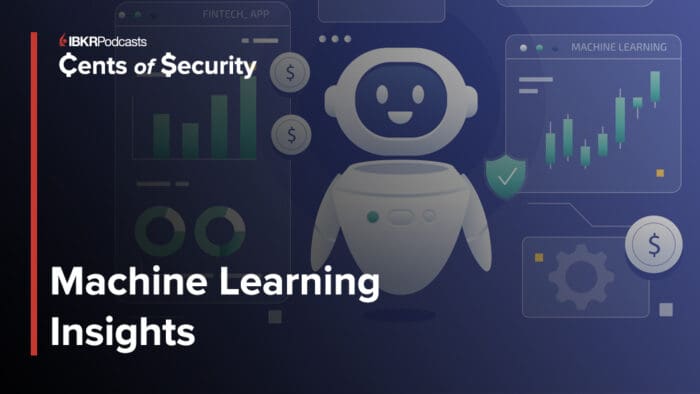

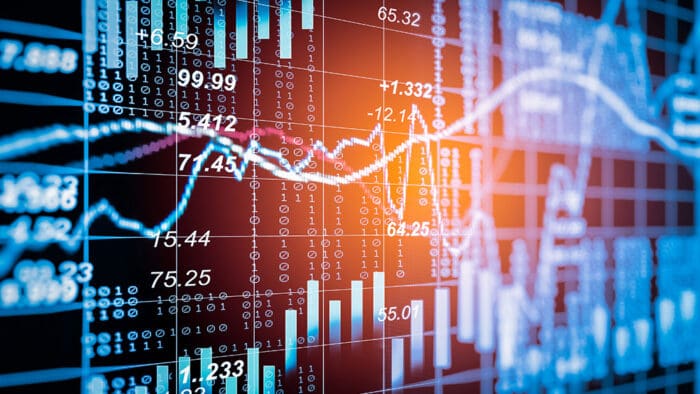
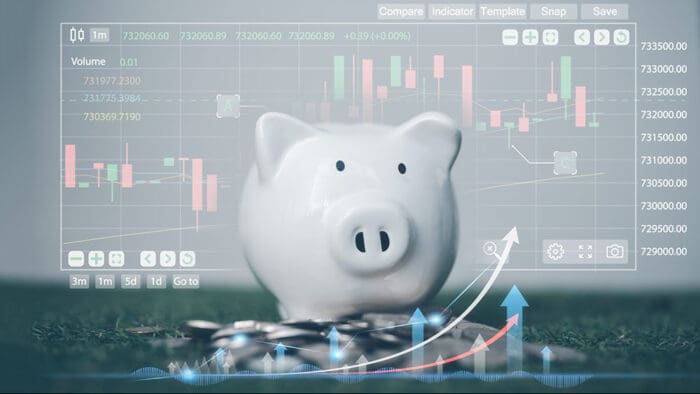

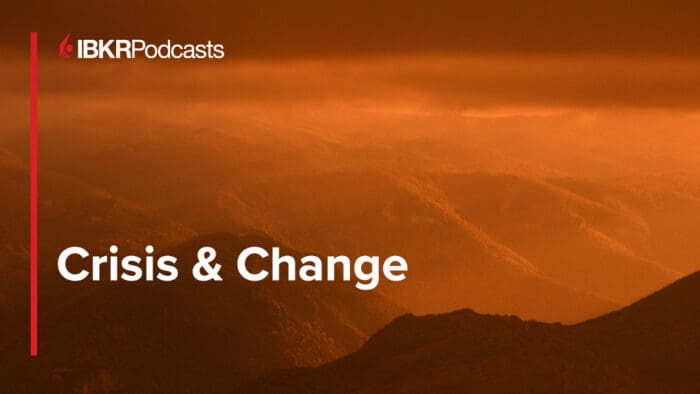
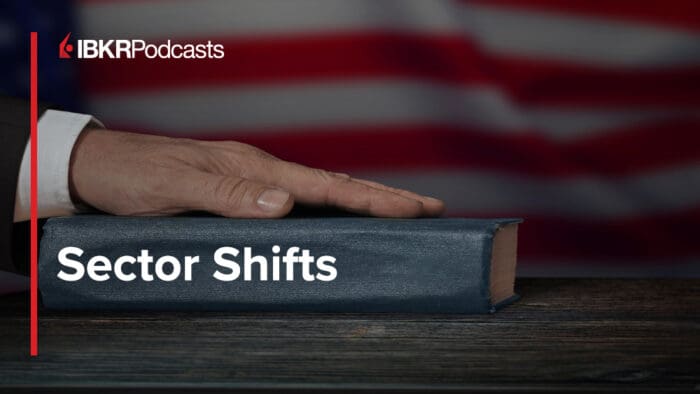



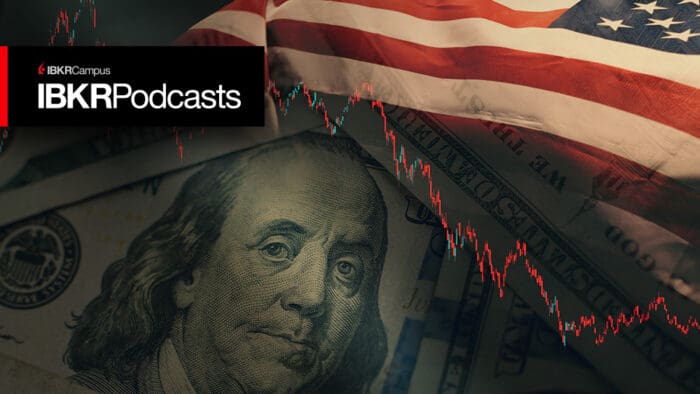

Join The Conversation
If you have a general question, it may already be covered in our FAQs. If you have an account-specific question or concern, please reach out to Client Services.